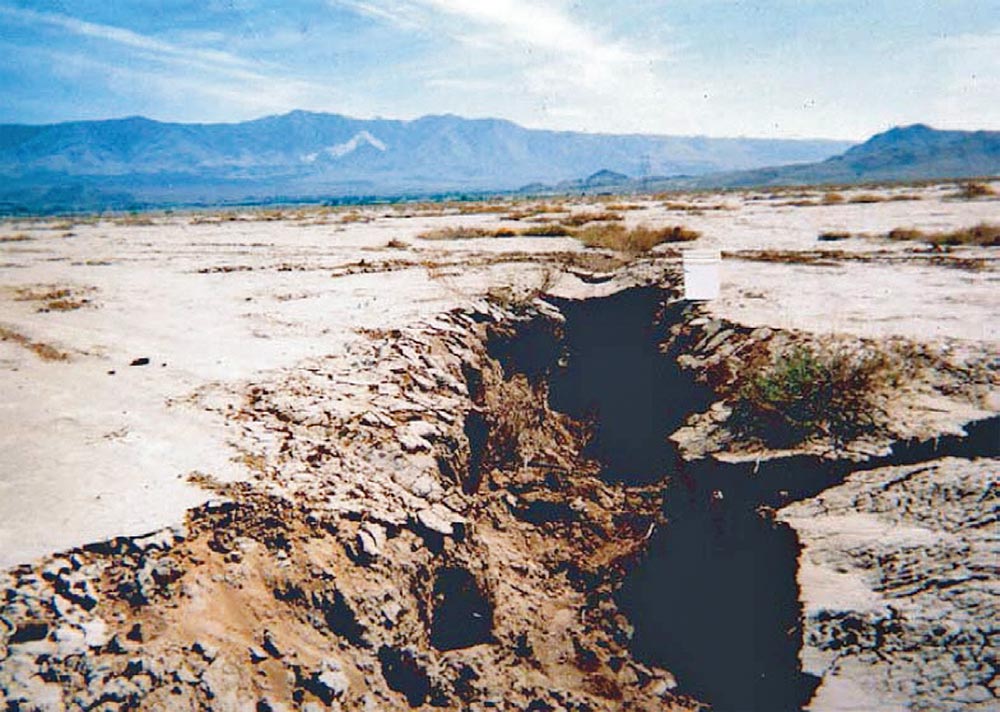- California Assembly OKs highest minimum wage in nation
- S. Korea unveils first graphic cigarette warnings
- US joins with South Korea, Japan in bid to deter North Korea
- LPGA golfer Chun In-gee finally back in action
- S. Korea won’t be top seed in final World Cup qualification round
- US men’s soccer misses 2nd straight Olympics
- US back on track in qualifying with 4-0 win over Guatemala
- High-intensity workout injuries spawn cottage industry
- CDC expands range of Zika mosquitoes into parts of Northeast
- Who knew? ‘The Walking Dead’ is helping families connect
Land Subsidence: A Glimpse of Change at Home
Blinded by the economic benefits made possible through rapid industrial expansion and modern technology, it is easy to neglect their unintended yet possibly catastrophic consequences on the environment. In fact, according to the United States Geological Survey (USGS), our current methods for obtaining freshwater from the ground may quickly deplete it as a natural resource while also causing long-term and irreversible damage to the surrounding land.
The USGS reports that groundwater is the source of drinking water for approximately 50 percent of the American population, while 50 billion gallons of it is allocated towards agricultural use. This rapid consumption is now causing it to be pumped from aquifers at a faster rate than it can be replaced which will inevitably result in their eventual depletion, since it is a fundamentally nonrenewable natural resource. This unsustainable rate of extraction is also causing land subsidence and ground contamination while drying up wells in several states, mainly those on the west coast.
In the US, the main causes of land subsidence include the compaction of aquifer systems, the oxidation of organic soils, and the collapse of cavities in carbonate rocks, which are vulnerable to both chemical and mechanical weathering.
Land subsidence itself can have several consequences, including infrastructure destruction and groundwater contamination. Even though it is seemingly harmless, land subsidence can decrease protection from extreme weather events, such as floods and hurricanes, not only increasing the potential cost of reconstruction, but also threatening human lives. According to an estimate by the National Research Council, the annual cost in the US from flooding exceeds $125 million. In addition to causing costly infrastructural damage, land subsidence can also lead to groundwater contamination, mainly in the form of saltwater intrusion. Louisiana, a state that loses nearly 25 square miles of land yearly, has lost entire freshwater ecosystems due to saltwater intrusion. The loss of freshwater trees leads to further land erosion, as the roots can no longer hold the land together, leading to a vicious feedback loop of ecosystem loss and land erosion.
In an effort to curb land subsidence, many states such as California have already taken measures to pressurize depressed aquifer systems and to strictly regulate the extraction of groundwater. The industrial and agricultural sector are being closely regulated in the amount of groundwater extraction while hydrologists search for alternative methods to obtain freshwater in a desert landscape.














kelly
November 26, 2017 at 2:16 PM
yes..I like the basic concepts behind Second Life but it seems incredibly outdated and when I played it was intensely non-intuitive / user friendly to an extent that made EVE look like a game for toddlers. thanks from
togel online